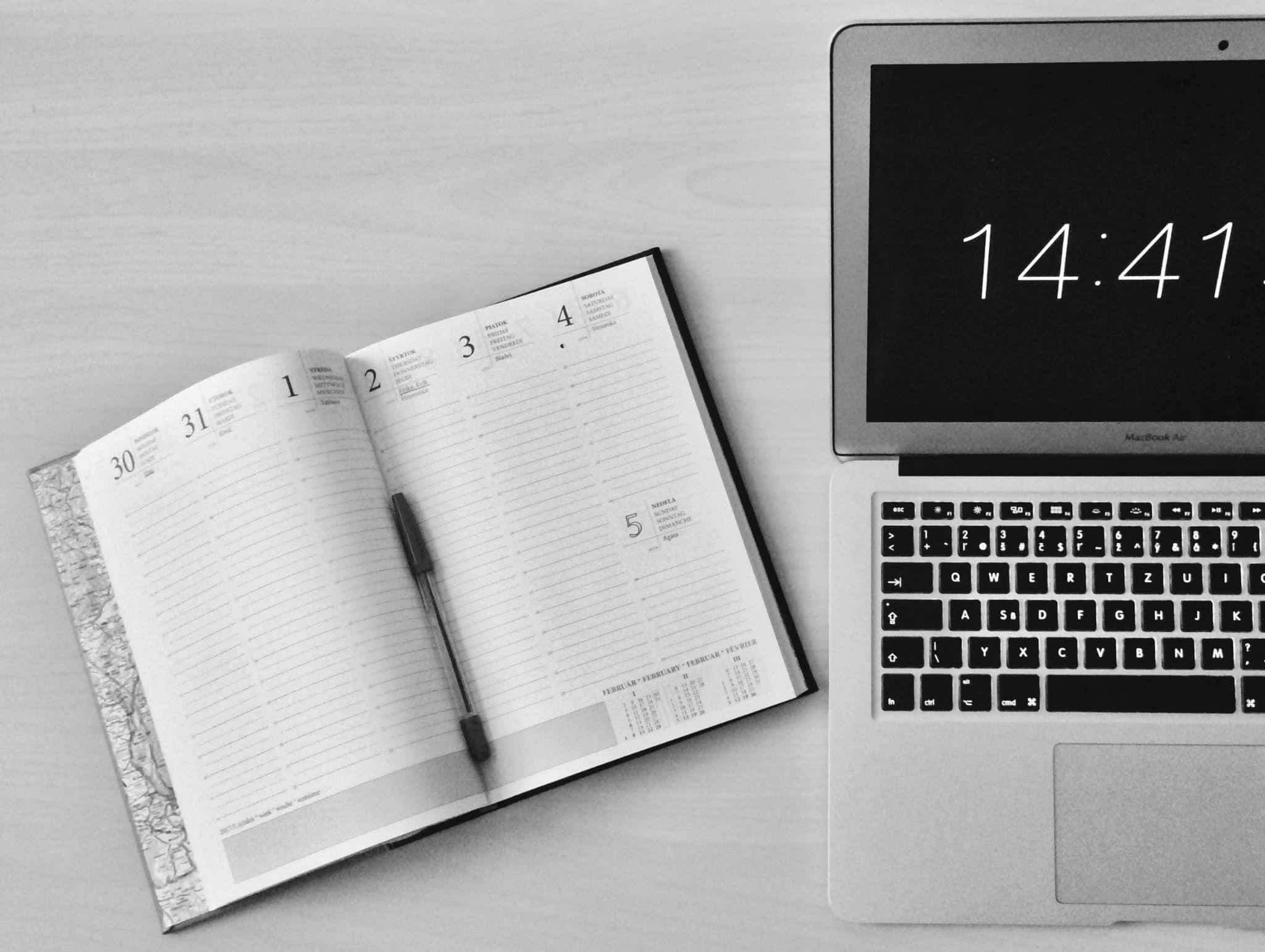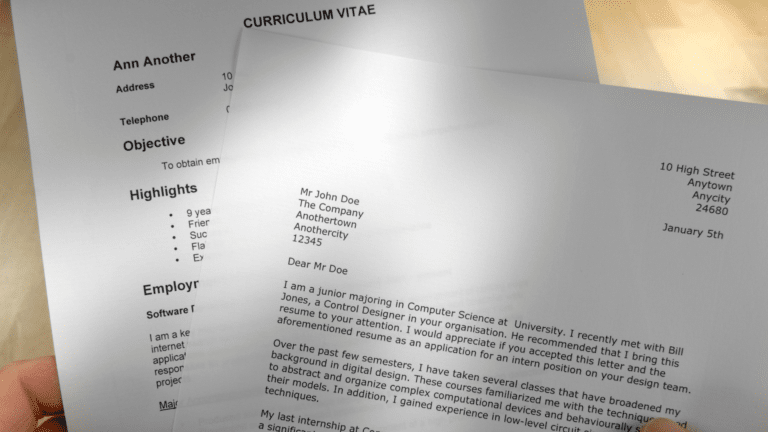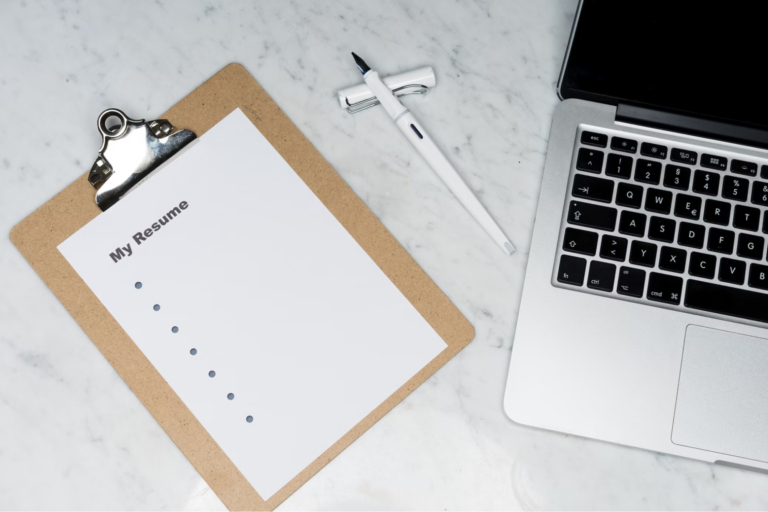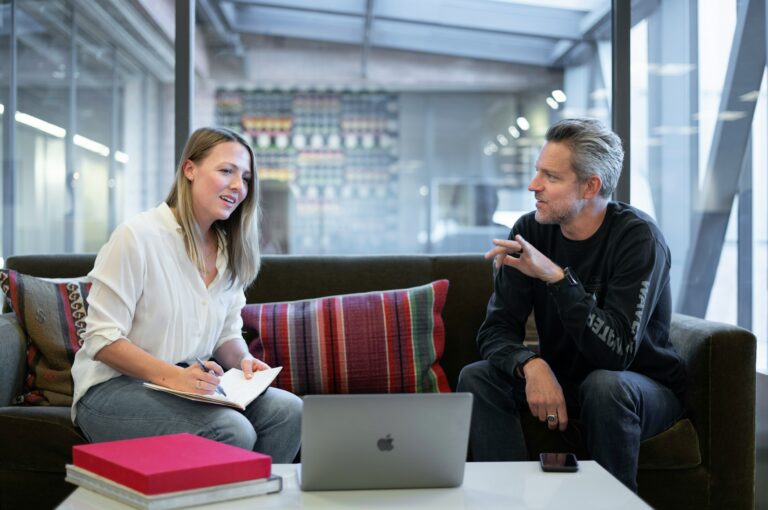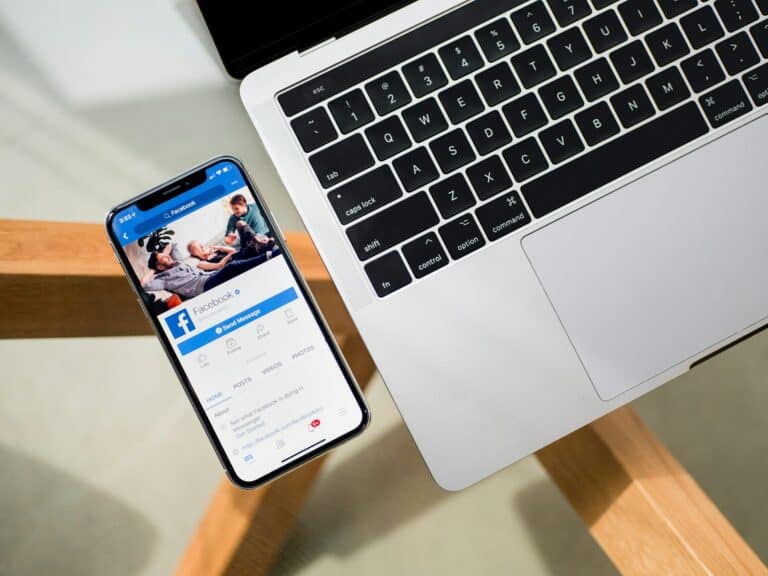If nobody taught you how to follow up on a job application or even told you that you should do that, you are probably feeling more anxious and helpless with each day that passes without recruiters contacting you.
The main issue here is that many job seekers think that they’ve done their part the moment they send in their application, but sending a follow-up email after an application can make all the difference.
A follow-up email is a great way to show that you’re still interested in the position. To find out how and when you should follow up on a job application, keep reading to explore every nook and cranny there is.
Key Takeaways
- It’s always a good idea to send a follow-up email a few days after submitting your job application. It shows your interest in the position and that you’re waiting for an answer.
- It’s recommended to send a follow-up email around one or two days after sending in the application (or after an interview). You should find the midpoint between not seeming desperate and still showing interest.
- Don’t be afraid to send more than one follow-up. If you don’t get an answer on your first one, wait around one week and send an additional reminder.
When is The Right Time to Follow Up on a Job Application?
There’s definitely no set time for when you should send a follow-up on a job application. However, it’s recommended to do so around 1-2 days after the interview (or application).
It’s best to avoid waiting a month for this, as you’ll be wasting both your and the recruiter’s time by just waiting for someone to contact you.
How crucial it can be to send a follow-up email proves a recent study that showed that 22% of interviewed recruiters were less likely to hire someone if they didn’t follow up after the interview.
Additionally, around 48% of people never send a follow-up email because they’re afraid they’ll seem too pushy. So, how can we achieve a middle ground here?
If you never send a follow-up, you’ll never get an answer, so the best approach is most likely to always send it anyway.
If you send one and you still don’t get an answer, you haven’t lost anything. If this happens, try to wait an additional week before sending your next follow-up. This way, you’ll give the recruiters time to think about your application.
How to Follow Up on a Job Application?
Here’s how to follow up on a job application after no response:
#1. Choose a Day
Choosing the right day is crucial. That is because a person’s mood can differ depending on the day and time of the week.
If you think about it, if someone gives you a handful of work to do on a Monday, you’ll feel less motivated to get started. It’s the beginning of the week, and it’s tough to get back to work after the weekend. The same thing goes for your follow-up email.
Try to send a follow-up email on a Friday. A study has shown that people are happiest on Fridays because the weekend is near and they have something to look forward to. Use this to your advantage, but remember to send it early in the day, not when they are packing up to go home.
#2. Use Your Network
You definitely need to make networking your best friend. If you know someone or know someone who might know someone who works at the company you applied for, try asking them for some information. This is also a great way to find out how to best handle the situation.
LinkedIn is a digital space where it is actually appropriate to publish a post in an attempt to reach a potential employee through your 1st and 2nd degree connections. An employee can give you tips on how to write the email and when you should send it based on what they hear in the company.
You might also want to learn how to follow up on a job application via LinkedIn, as more and more companies conduct at least some parts of their hiring process through this network.
#3. Look at The Job Ad
Pay close attention to the job ad and its description. That way, you won’t miss out on any details (such as the closing date of the job ad) before sending that follow-up.
Your email is definitely likely to be ignored if you send it after the closing date. If this does happen to you, try to use this time to apply for other job positions instead.
#4. Find Hiring Manager’s Contact
As a last resort, you can also try looking for the hiring manager’s contact information.
Head over to the job ad and check whether this information is listed. If it isn’t there, try looking at the company’s website to find an email address. If that’s also not possible, go to the company’s main desk and ask them for any contact information.
However, be careful with this approach. If you decide to randomly call the hiring manager without any warning, it may leave a bad impression. It’s always better to opt for emailing them instead.
5 Tips on How to Write a Follow-up Email on a Job Application
Here are some additional tips to help you write the best follow-up email:
Be Courteous
Remain respectful at all times. Just because the application has been sent (or you’ve even been to an interview), that doesn’t mean you can talk casually to the hiring manager now.
Recruiters try to be friendly with everyone that enters the room; that’s common courtesy. Always remain professional and respect their boundaries.
Don’t be pushy in an email, either. Even if you’ve made a good impression, it’s important to stay humble throughout the whole process.
Be Brief
When you follow up on a job application, you need to keep the communication process brief and concise. The application has already been sent, so all that’s left now is to send a sort of “reminder” of who you are and that you’re waiting to hear back from them.
Keep the email to three small paragraphs and immediately mention why you’re writing. If you’re contacting the hiring manager by phone, keep the call shorter than three minutes.
Reiterate Your Interest
Every job application follow-up email should begin with you stating that you’re still interested in the position. Mention your skills, accomplishments, and experience throughout the email and use them to boost your interest in the job.
This way, you’ll find the perfect middle ground between not sounding too desperate and still showing interest.
Remind Them of Qualifications
Mention the skills and qualifications that fit the job description. This way, you’ll show recruiters that you are a strong candidate for the position.
If it helps, make a list of your most prominent job skills and show how you’d use them to benefit the company.
Express Gratitude
Lastly, make sure to end the email by thanking the recruiters for their time and consideration. After doing so, you can also briefly mention that you’ve attached additional references and that you’d like to schedule an interview if possible.
After stating your name at the end of the email, add your contact information so that the hiring manager can communicate with you easier.
Follow-up Email Sample on a Job Application
Here’s a good example of what a follow up email should look like:
Subject: Laura Bones – Follow-up for the Graphic Designer Position
Dear Mr. James Johnson,
I would first like to thank you for the opportunity to interview for the graphic designer position. I enjoyed learning about your company and the job yesterday, as well as getting to know you better.
I am sending this email to let you know that my interest in this position has only increased, as I truly believe your company can put my skills and experience to good use.
Once again, I’d like to thank you for considering me for this position. Please don’t hesitate to contact me with any questions or concerns.
I look forward to hearing from you again.
Best regards,
Laura Bones
Los Angeles, California
567-7164-9375
Remember to mention the title of the job listing and when you held the interview (or sent in the application). That way, you’ll ensure that the recruiter remembers you.
How to Follow Up on a Job Application Via Phone
Following up with a phone call can be quite tricky. As mentioned above, the recruiter might not have time to answer phone calls and might not answer when he sees an unknown caller.
That’s why this method should be used as a last resort.
However, if there’s no other way of contacting the recruiter, here’s how you should follow up on a job application via phone:
- Only call the hiring manager around two weeks after getting no answer.
- Once the recruiter answers the phone, state your name and the reason you’re calling.
- Keep the call brief and mention your resume.
- If you get no answer, leave a voice message instead.
To prepare for the call, have a friend or family member hold a mock call with you. That way, you’ll see what you need to change before making the real call.
Final Thoughts
Whether you sent a job application or are anxiously waiting to be contacted after an interview, sending a follow-up email is always a good idea.
Wait two to three days before sending that email so that you give the hiring manager space to think about your application. Make sure to send the email by midday on a Friday, because that’s when the manager is more likely to be in a good mood.
Reiterate your interest and your qualifications in the email to let the recruiters know that your interest in the position hasn’t faltered.
We hope this guide has helped you learn how to follow up on a job application, and we hope you get the job!


